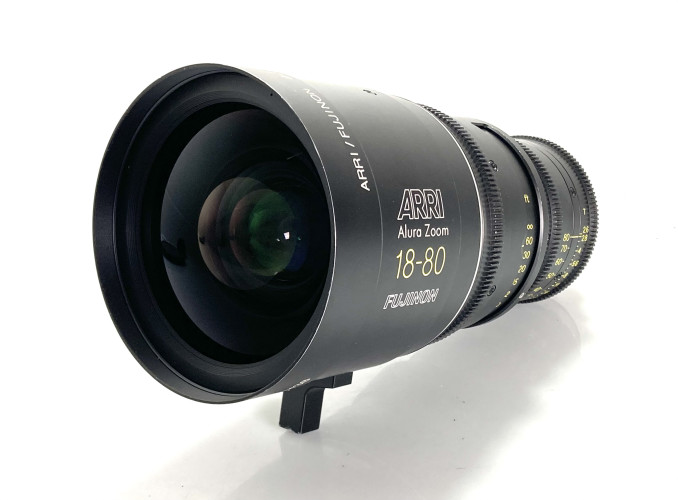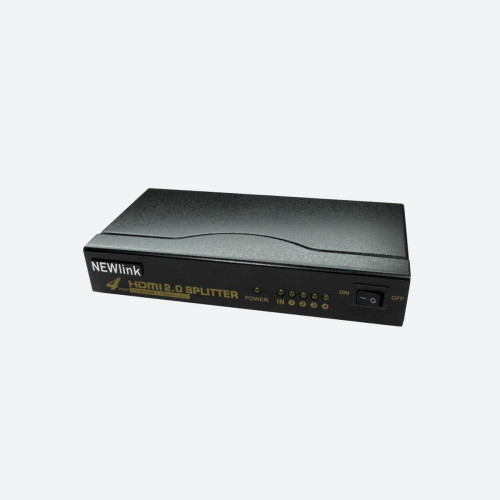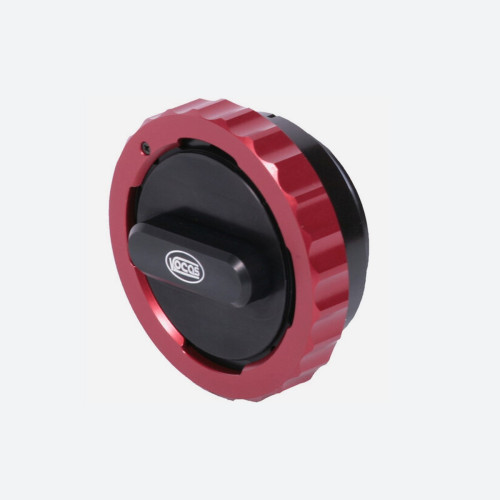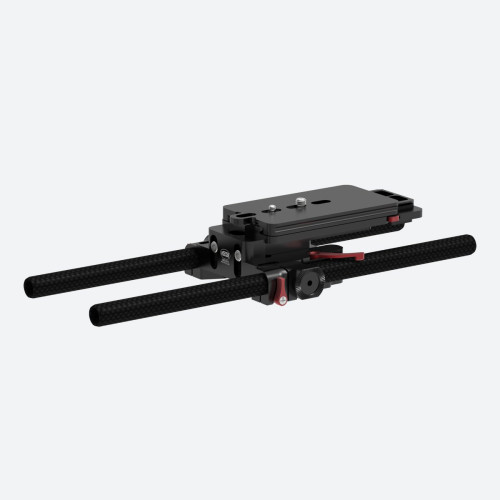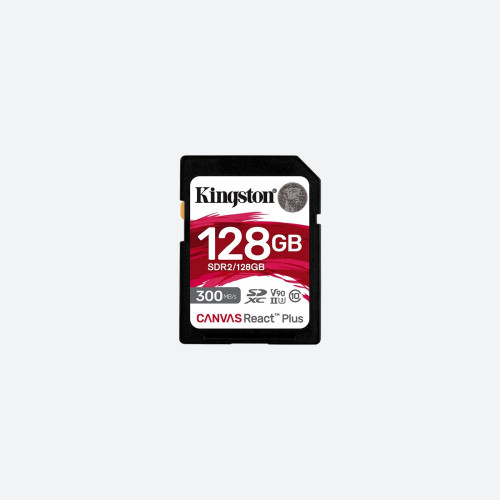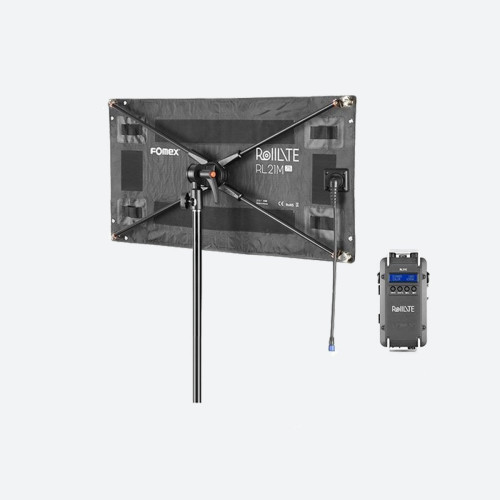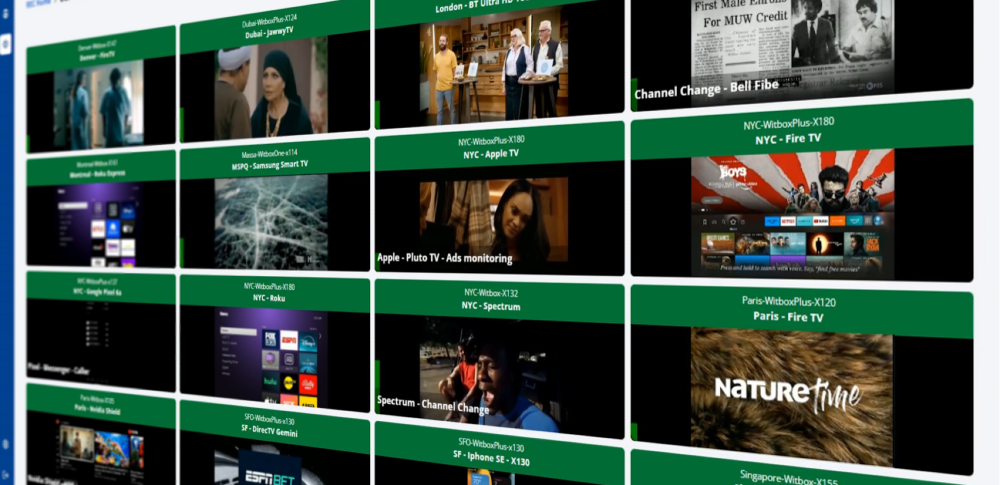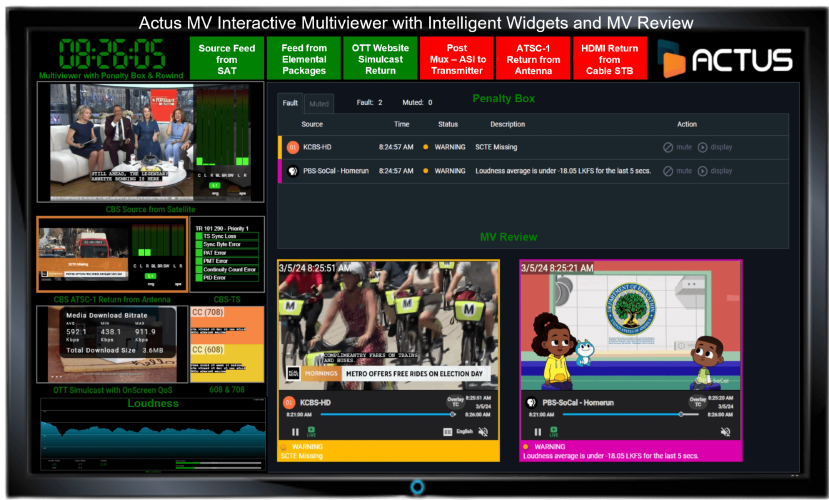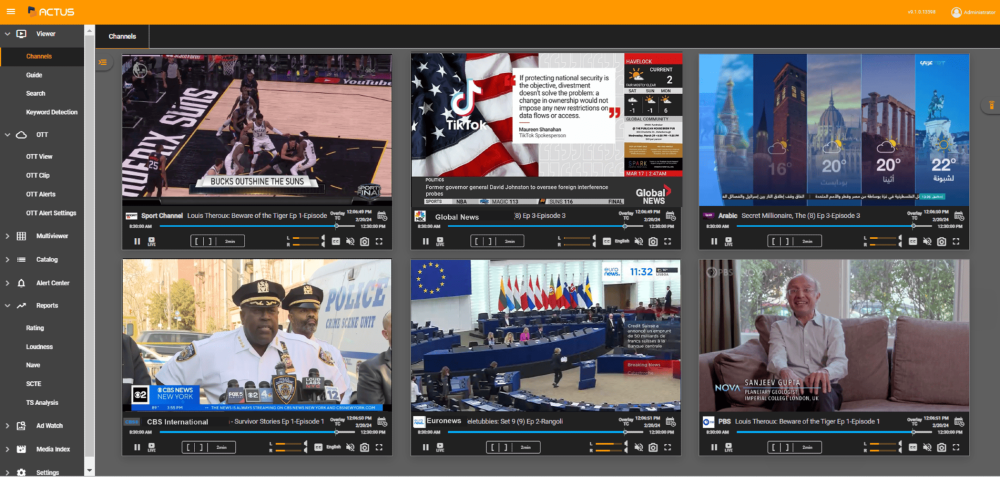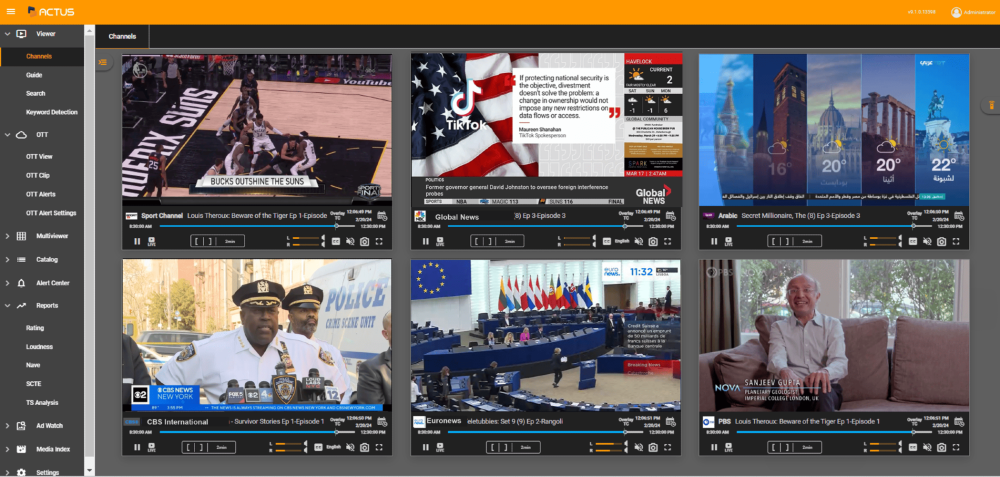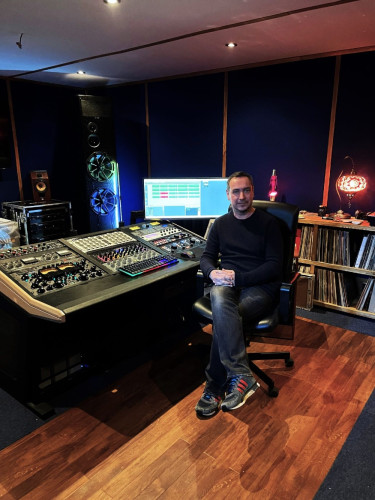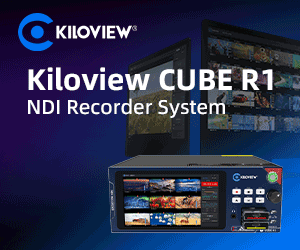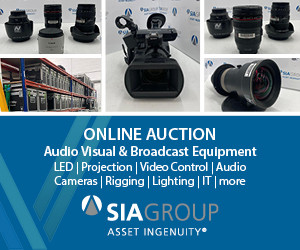by Craig Newbury Issue 102 - June 2015
The technology supporting the media industry is evolving at a furious pace, making system flexibility a critical characteristic of any new equipment or infrastructure investment. Broadcasters and other media companies must adapt quickly if they are to benefit from changing content creation, management, and delivery models, but they can\'t afford to purchase solutions that meet only immediate requirements, and not necessarily those of the future.
The industry\'s shift toward software-centric audio and video monitoring solutions offers one answer to this dilemma, opening the door to flexible adoption of functionality and format support as they are needed. Rather than speculate about what the future might hold and invest in that possibility, or replace equipment in response to changing technical demands, facilities instead can deploy a hardware platform equipped with the specific mix of features and functionality that suits their current operations. Down the road, as technical, business, and operational pressures change, new features and new functions can be realized instantly, with no down time, through simple software upgrades.
From extended Dolby support to the addition of audio analysis, new capabilities can be unlocked in order to support the growth of the business or evolution of a given workflow. This approach protects a facility\'s capital investment and facilitates greater agility in meeting client and consumer demand. Because the software-centric model of system design allows the technology supplier to continue developing, testing, and delivering critical new monitoring and analysis tools, along with extended format/protocol support, it actually gives the operator the opportunity to leverage existing equipment to take advantage of the industry\'s latest technical advances.
While software-upgradable systems allow facilities to invest incrementally in essential capabilities, other trends in audio and video monitoring are boosting both the utility of monitoring systems and the convenience with which they can be operated and maintained. Alone, the remote use of networked fleets of monitoring systems is not new. However, the management of diverse monitoring units - not just "like\" systems, but multiple units with a variety of capabilities - with uniform control interfaces, both Web-based and local, enables significant gains in several areas.
Efficiency gains come with time saved not only through centralized configuration of an array of monitoring systems handling a variety of signals, but also with the use of stored templates to set up one or more systems for a particular show or production. Remote monitoring across these devices from virtually any connected device makes it easier for the right person - from engineer to executive - to view the right signal at any time, from anywhere.
When users throughout the operation work with a uniform control surface, they gain a degree of familiarity that allows them, as well as the monitor fleet, to be allocated more freely according to operational demands. What\'s more, by eliminating the knobs and buttons typical on conventional monitoring units, the integration of touchscreen control surfaces into new monitoring systems makes key functions more readily and quickly available. By clearly identifying all signals and supporting fast selection and review of particular channels, the monitoring system adds further convenience to monitoring operations. As a result, the facility is better equipped to maximize its use of its monitoring resources without undertaking a new round of user training.
Today\'s software-centric monitoring units make it easier than ever for media facilities to move forward in step with technological change while preserving the long-term value of their capital investment. In addition to making robust monitoring and analysis tools available via a common interface, new systems boast built-in networking features that support remote monitoring and configuration. The overall scalability of such audio and video monitoring system enable new levels of versatility in addressing new formats and workflows, ultimately supporting more efficient and agile operations.




